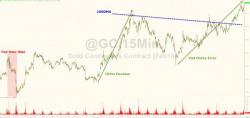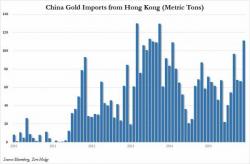"The Risk Of An Earnings Recession" And Six Other Reasons Why JPM Just Cut Its S&P Target To 2000

The onslaught from JPMorgan continues, which in the aftermath of first Marko Kolanovic's periodic threats about sudden market crashes, and Mislav Matejka's recurring warnings that BTFD is dead and "not to overstay your welcome in the bounce", earlier today JPM's chief equity strategist Dubravko Lakos-Bujas has officially cut his 2016 year-end S&P500 earnings forecast to $120 from $123 "on stronger US Dollar and lower economic growth forecast" as well as trimming his year end S&500 target from 2,200 to 2,000.


